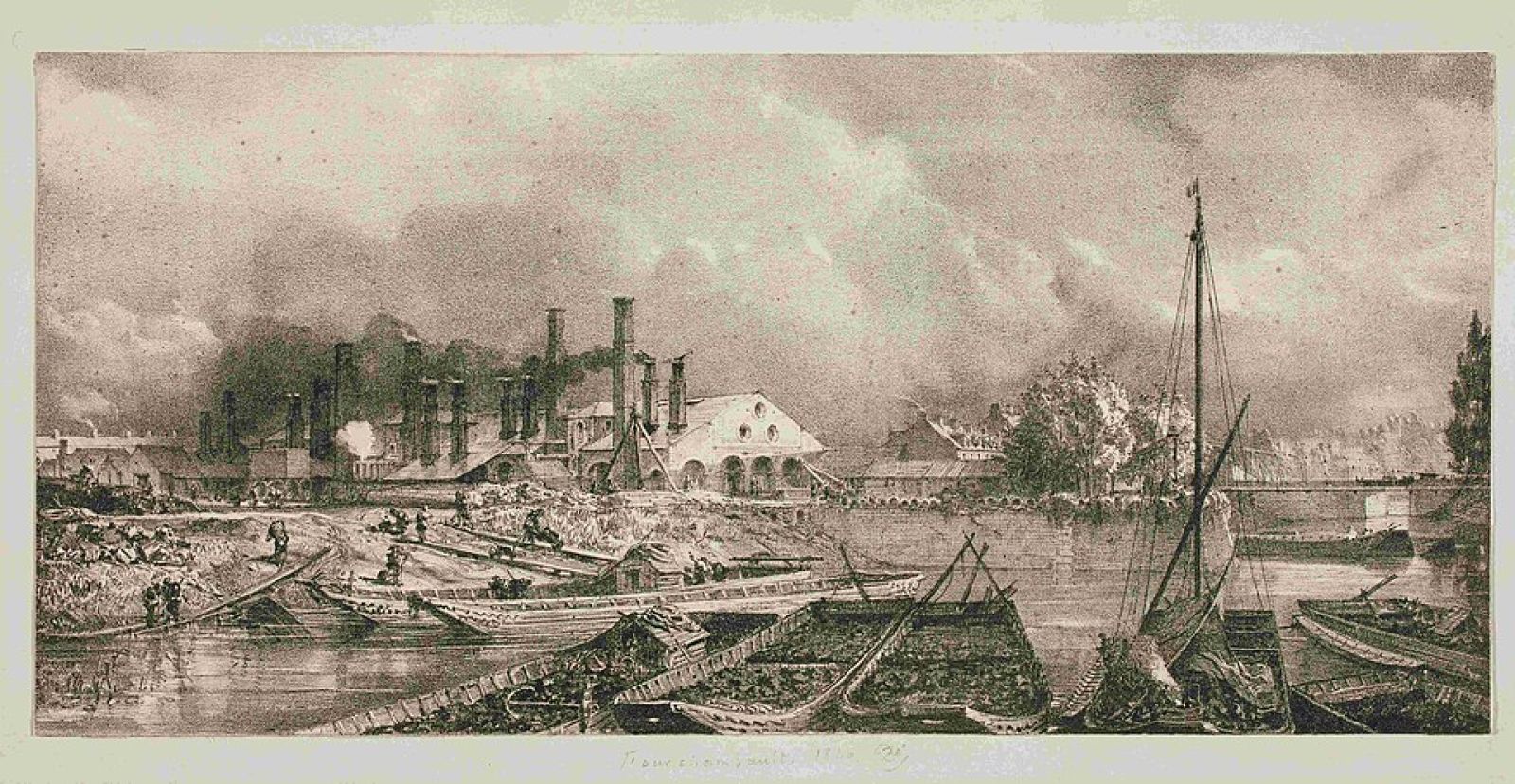🌡️ Global warming started much earlier than we think
Published by Redbran,
Source: Proceedings of the National Academy of Sciences
Other Languages: FR, DE, ES, PT
Source: Proceedings of the National Academy of Sciences
Other Languages: FR, DE, ES, PT
Follow us on Google News (click on ☆)
Far from factory chimneys and the noise of machinery, the phenomenon first revealed itself in the upper layers of the atmosphere. By focusing on the stratosphere, researchers have traced an unusual thermal footprint, revealing cooling where stability would have been expected.
This anomaly betrays the effect of greenhouse gases below the stratosphere, trapping heat in the lower layers of the atmosphere.
A team led by Ben Santer from the Woods Hole Oceanographic Institution combined modern observations, high-precision climate models, and established physical laws. The goal? To determine when human influence on the climate would have been detectable if today's tools had existed back then.
The models reveal that as early as 1885, a decade before the first gasoline-powered car, a clear signal of stratospheric cooling could have been identified. This period corresponds to a relatively modest increase in carbon dioxide, estimated at 10 parts per million between 1860 and 1899.
It is this contrast between the cooling stratosphere and the warming troposphere that constitutes a unique signature of human action. Volcanoes or solar variations, on the other hand, affect the atmosphere differently.
For Susan Solomon, co-author of the study, this discovery reshuffles the timeline of global warming. It shows that the earliest traces of our impact do not appear solely at the surface, as previously thought, but much higher, earlier, and more distinctly.
Andrea Steiner, a climatologist in Austria, emphasizes the role of upper atmospheric layers as early indicators. This data could even help assess the effectiveness of future emission reduction policies.
But these findings come at a time when budget cuts threaten atmospheric monitoring missions. The elimination of tools by certain U.S. agencies, such as NOAA or NASA, is causing significant concern among scientists.
Ben Santer warns: losing the ability to measure climate changes makes us collectively more vulnerable. Monitoring the atmosphere means taking the pulse of a changing planet.
